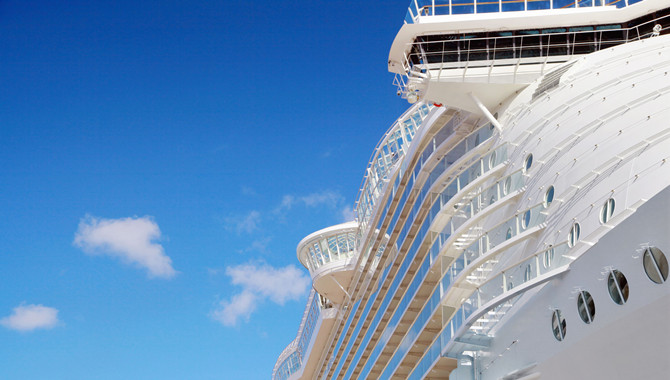
A restart to full operations can't come soon enough for cruise lines, whose financial position has become increasingly precarious given high debt levels incurred from fleet expansions and the fundraising required to survive the current crisis.
The latest cruise market report from Maritime Strategies International* finds that net revenue losses for the ‘big three’ lines (Carnival, NCLH and RCI) in 2020 and Q1 21 almost match the accumulated net revenue gains of the preceding five-year period.
The scale of the problem facing the cruise lines - and the entire tourism sector - was laid out by the UN World Tourism Organisation (UNWTO) earlier this year when it pointed out that two-thirds of the world's destinations were still either completely (32%) or partially (34%) closed to international tourists.
Last year's collapse in international tourist arrivals (which fell 74% year on year) led to estimated tourism revenue losses of $1.3 trillion globally, with recovery back to 2019 levels not expected until 2023.
According to MSI's calculations, the big three cruise groups should have approximately 45% of their capacity back in operation by the end of this year, equivalent to approximately 20% on an annual average basis. This forecast draws on data published by J.P. Morgan in early June which compiles start-up dates and deployment on a vessel-by-vessel basis for the three big cruise groups.
The shape of the recovery in international tourist arrivals projected by the UNWTO is largely consistent with MSI cruise passenger forecast. However MSI's analysis is based on pre-pandemic lower berth capacity and as such does not factor any negative adjustments to berth capacity as a consequence of COVID-related social distancing requirements.
“Prospective US cruise passenger numbers will only top the 2020 total by 1 million and so be just a third of the record 2019 total of 15.4 million out of a global total of 30 million passengers,” says Niklas Carlen, Director, MSI. “It will be a similar story for the European sector which will see passenger numbers grow slightly this year for a total also about a third of the 2019 one. On lower base figures, Asia and Oceania will recover more quickly but it is likely that the global total will be just over a third of that achieved in 2019.”
The speed and scale of the resumption of international tourism will depend almost entirely on the decisions and policies of governments around the world. But, assuming the vaccination roll-outs continue to reduce the impact of the virus and are extended to more countries around the world, there is no reason why cruise recovery should not accelerate through 2022 so that 2019 levels are largely matched in 2023, MSI concludes.
The opinions expressed herein are the author's and not necessarily those of The Xinde Marine News.
Please Contact Us at:
media@xindemarine.com

